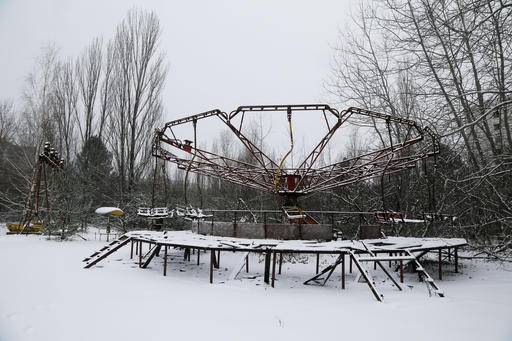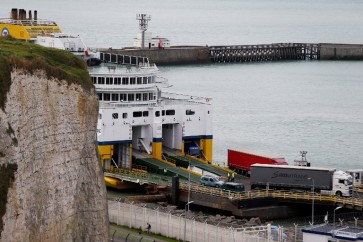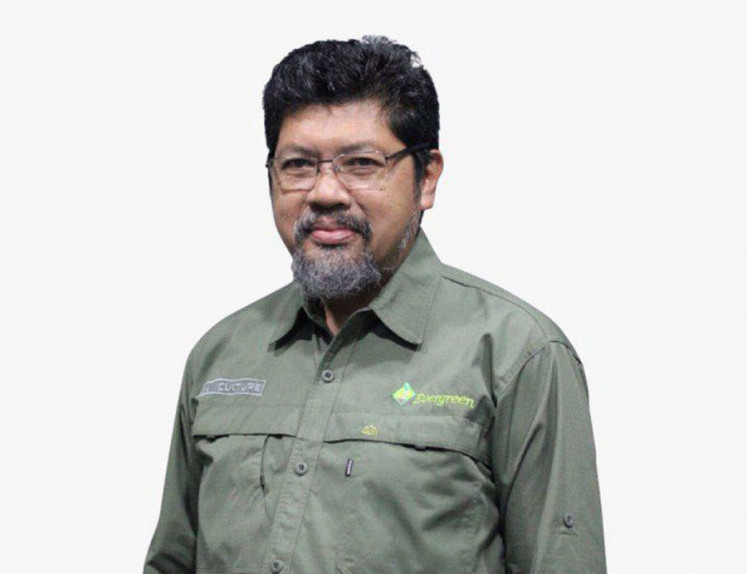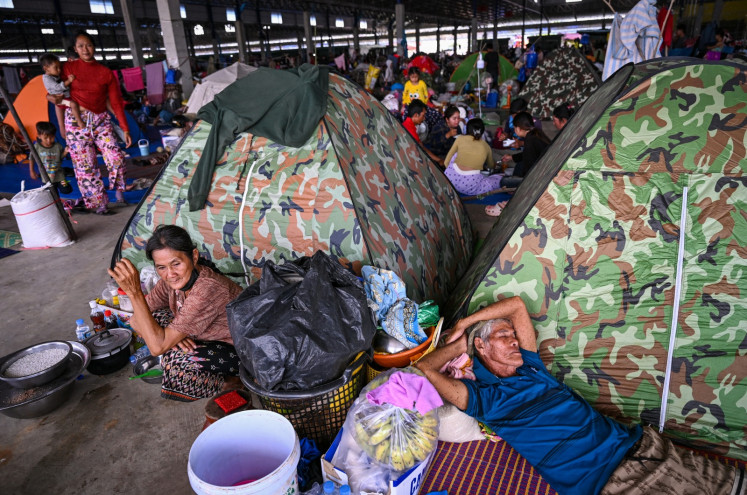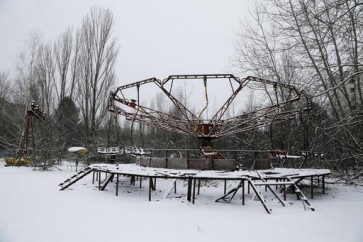Popular Reads
Top Results
Can't find what you're looking for?
View all search resultsPopular Reads
Top Results
Can't find what you're looking for?
View all search resultsBanning nuclear weapons for humanity's sake
For nuclear peace to hold, deterrence and fail-safe mechanisms must work every single time. For nuclear armageddon, deterrence or fail-safe mechanisms need to break down only once.
Change text size
Gift Premium Articles
to Anyone
O
n March 27, more than 100 countries gathered at the United Nations in New York to commence negotiations on a “legally binding instrument to prohibit nuclear weapons, leading towards their total elimination.” They will hope to conclude talks and sign a treaty after a second session on June 15 to July 7.
The conferences are based on Resolution L.41 adopted on Oct. 27, 2016 by the First Committee of the UN General Assembly by a landslide 123-38 vote, followed by a vote in the full General Assembly on Dec. 23 passed by an equally solid 113-35 majority.
The resulting treaty will partly fulfil the 127-nation humanitarian pledge “to stigmatize, prohibit and eliminate nuclear weapons.” The US and allies that shelter under its nuclear umbrella — Australia, Canada, Japan, South Korea, etc. — voted against and most have chosen to boycott the talks, putting themselves on the wrong side of humanity, history and geography as almost all Asia-Pacific countries support a ban.
The negotiations hold the promise of being the most significant multilateral development in nuclear arms control since the indefinite extension of the Nuclear Non-proliferation Treaty (NPT) in 1995 and the adoption of the Comprehensive Nuclear Test Ban Treaty (CTBT) in 1996.
Revived for a shining moment by President Barack Obama in Prague in 2009, the dream of a world free of the threat of nuclear weapons has steadily faded since then with ongoing nuclear modernization in all nine countries with the bomb, growing nuclear arsenals in China, India, Pakistan and North Korea, continued testing by North Korea, and rising geopolitical tensions in several high-risk theaters involving nuclear powers in eastern Europe, the Middle East, South Asia, the Korean Peninsula and the South China Sea.
The impetus behind the ban talks is growing consciousness of this rise in nuclear dangers, frustration at stalled nuclear disarmament and exasperation at the dismissive attitude of the nuclear-armed states toward their legal disarmament obligations.
For nuclear peace to hold, deterrence and fail-safe mechanisms must work every single time. For nuclear armageddon, deterrence or fail-safe mechanisms need to break down only once. Deterrence depends on rational decision-makers at a time when two of the leaders with fingers on the nuclear button are US President Donald Trump and North Korea’s Kim Jong-un.

